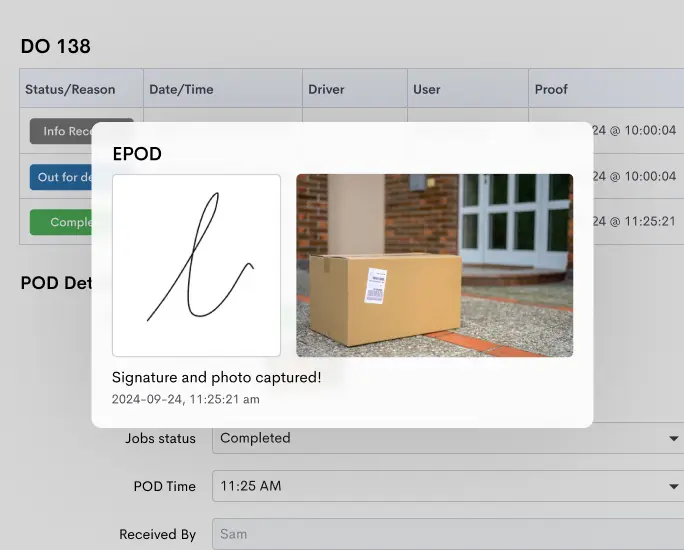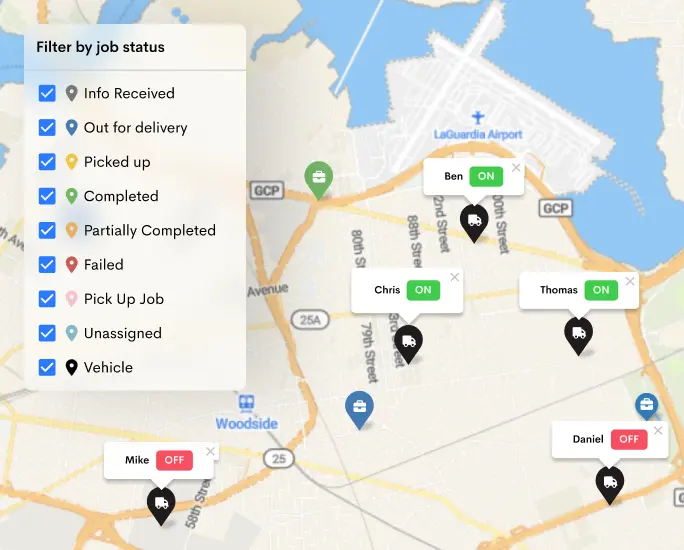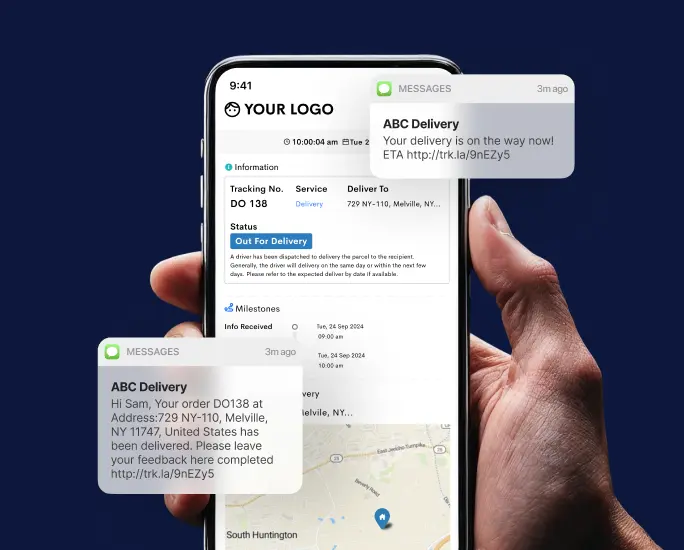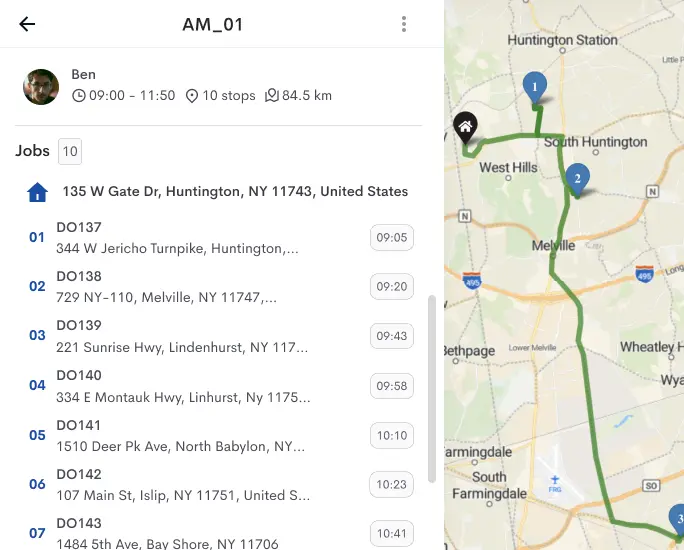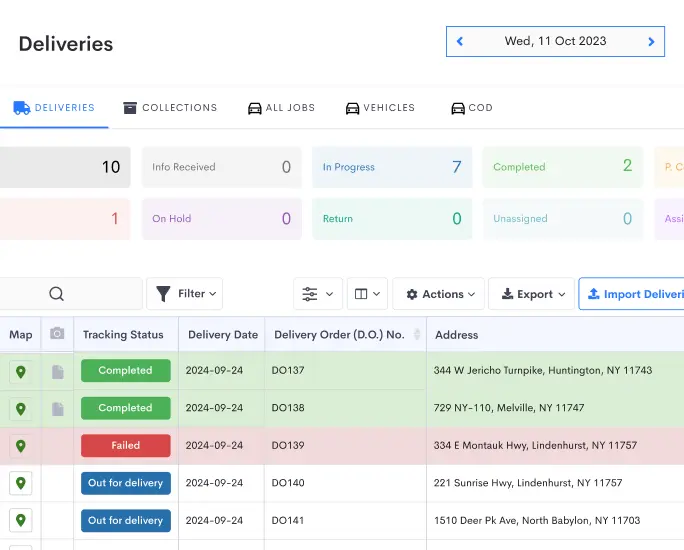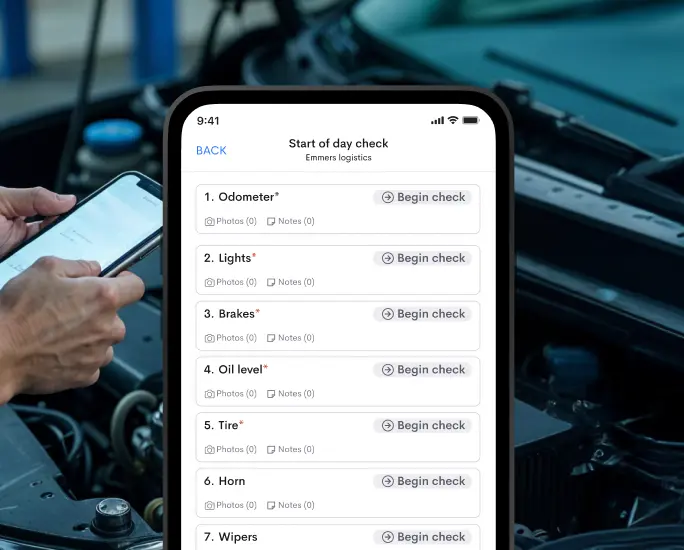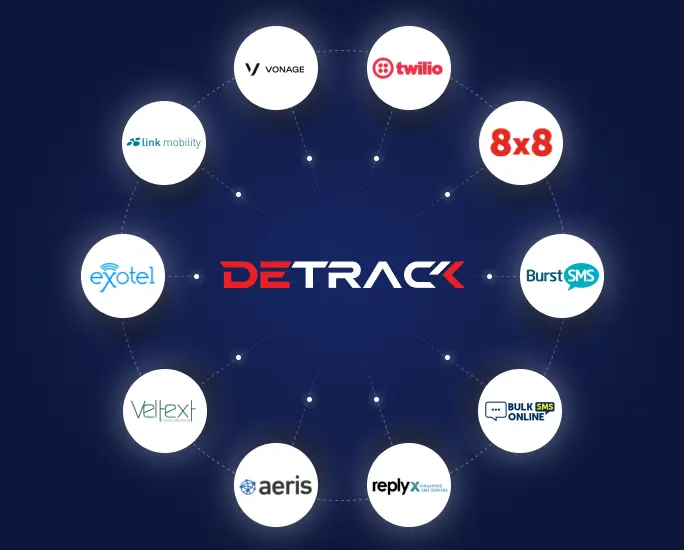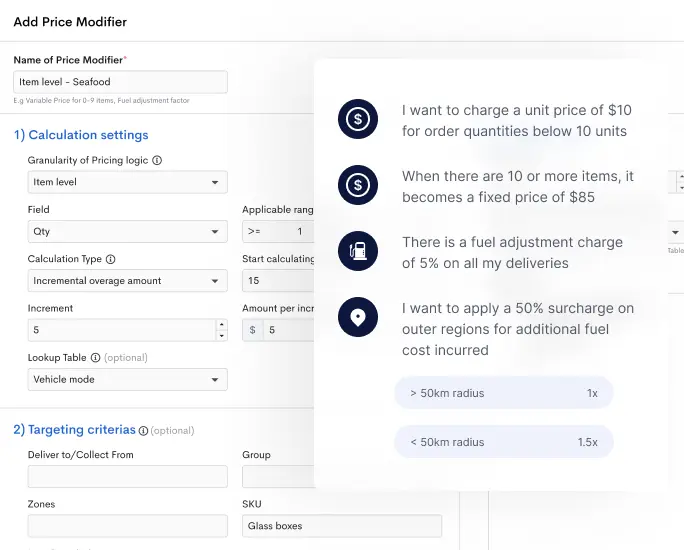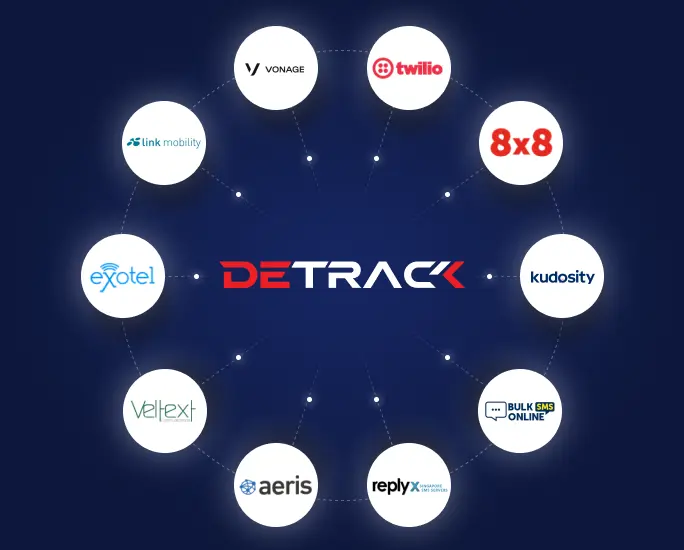Efficiency isn’t just a luxury—it’s a necessity. With customer expectations at an all-time high and competition intensifying, leveraging the right technology can be a game-changer. But how do you transform your operations into a well-oiled machine without losing that personal touch?
Let’s embark on a journey through the digital landscape and discover how to streamline your food delivery operations with the right tech.
1. Automate the Order-to-Kitchen Workflow
The journey of a food order begins the moment a customer clicks ‘Order Now.’ To ensure a seamless experience, it’s crucial to integrate your Point of Sale (POS) system with your ordering platform.
This integration allows orders to flow directly into the kitchen, eliminating the need for manual entry and reducing the risk of errors. By automating this process, you not only save time but also enhance order accuracy, leading to faster preparation and happier customers.
2. Harness the Power of AI for Demand Forecasting
Artificial Intelligence (AI) is revolutionizing the way businesses operate, and food delivery is no exception. AI can analyze vast amounts of data to predict peak demand times, allowing you to prepare in advance and allocate resources efficiently.
For instance, Wingstop’s AI-powered Smart Kitchen predicts demand in 15-minute intervals using over 100 data points, cutting average order fulfillment time in half . By embracing AI, you can stay ahead of the curve and meet customer expectations with precision.
3. Optimize Delivery Routes with Real-Time Data
Timely delivery is paramount in the food industry. Utilizing route optimization software can significantly reduce delivery times by considering factors like traffic patterns, weather conditions, and order priority.
Delivery management systems like Detrack offer dynamic routing capabilities, ensuring that your drivers take the most efficient paths. This not only improves delivery speed but also reduces fuel costs and enhances customer satisfaction.
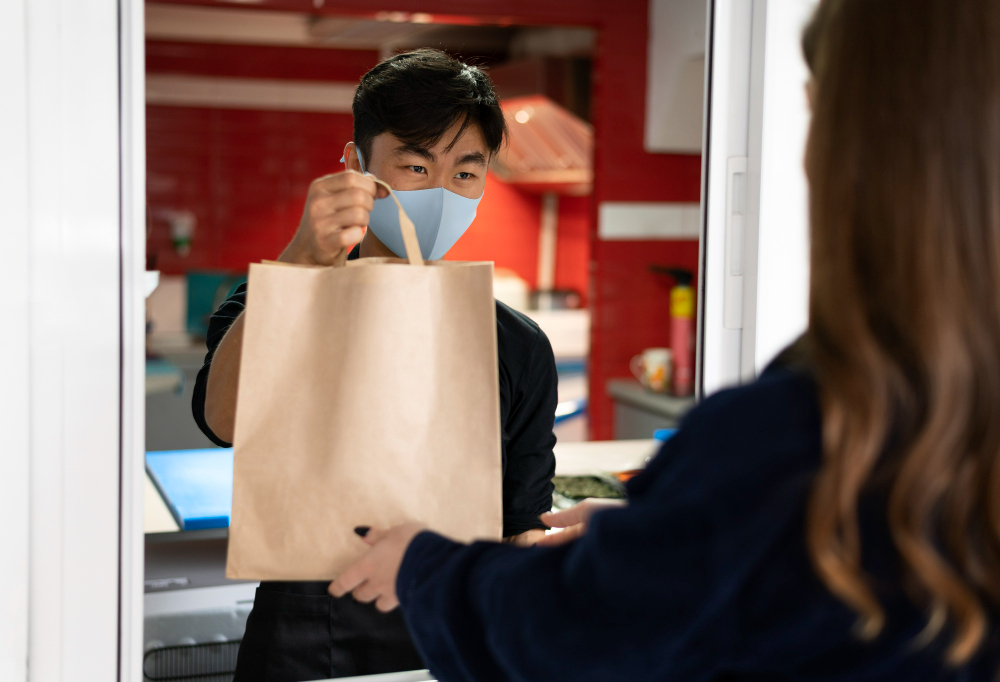
4. Implement Kitchen Display Systems (KDS)
Gone are the days of paper tickets cluttering the kitchen. Kitchen Display Systems (KDS) digitize order management, displaying real-time orders on screens.
This technology streamlines communication between front-of-house and kitchen staff, reduces errors, and prioritizes orders based on preparation times. By adopting KDS, you can enhance kitchen efficiency and ensure timely food preparation.
5. Integrate Delivery Platforms with Your POS System
Managing multiple delivery platforms can be cumbersome. Integrating these platforms with your POS system streamlines order processing, reducing the margin for error and minimizing food waste.
Solutions like this help synchronize orders from various platforms, ensuring consistency and efficiency across all channels.
6. Offer Multiple Payment Options
Convenience is key when it comes to payments. Supporting a variety of payment methods, including digital wallets like PayPal and Apple Wallet, caters to a broader customer base.
Research indicates that 53% of consumers use digital wallets as much or more than conventional methods, and 47% use them at restaurants . By offering diverse payment options, you enhance customer satisfaction and streamline the checkout process.
7. Implement Real-Time Order Tracking
Transparency builds trust. Providing customers with real-time tracking of their orders offers peace of mind and reduces the number of ‘Where is my order?’ inquiries.
According to a survey, 91% of consumers prefer businesses that offer order tracking capabilities. By keeping customers informed, you improve their overall experience and foster loyalty.
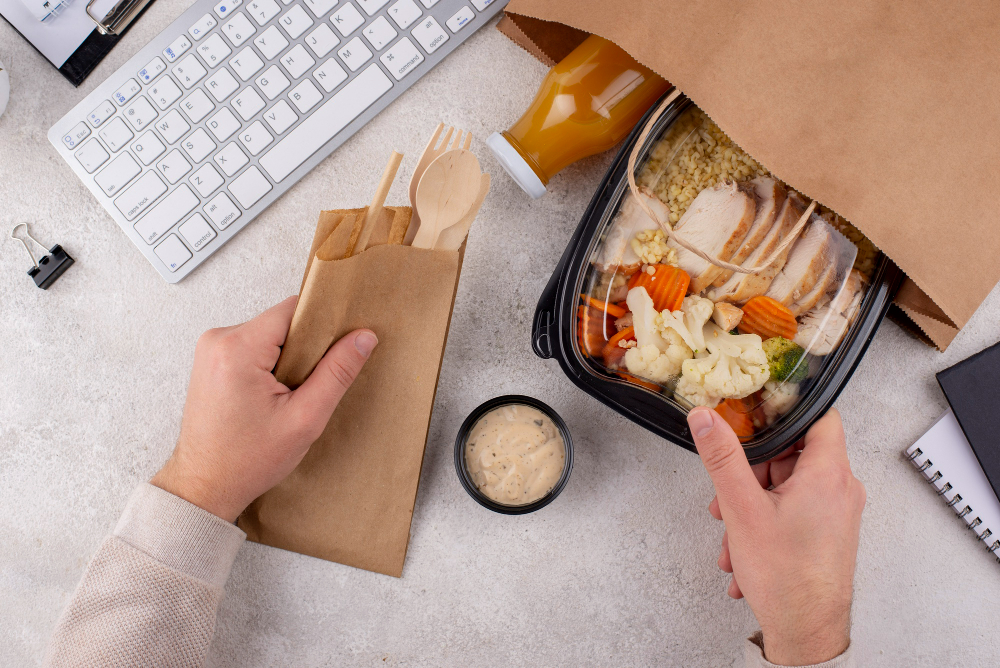
8. Automate Inventory Management
Running out of ingredients during peak hours can disrupt operations and frustrate customers. Automating inventory management through your POS system helps track stock levels in real time and sends alerts when items need to be restocked.
This ensures your kitchen is always prepared to fulfill orders without delays, reduces food waste, and optimizes purchasing decisions .
9. Explore Autonomous Delivery Solutions
The future of food delivery is leaning towards automation. Companies like Avride and Uber are deploying autonomous delivery robots to address labor shortages and reduce delivery costs .
These robots can navigate urban environments efficiently, ensuring timely deliveries while minimizing human intervention. By embracing autonomous delivery solutions, you can stay ahead of technological trends and enhance operational efficiency.
10. Utilize Cloud-Based Management Systems
Managing multiple aspects of your food delivery operations can be challenging. Cloud-based management systems offer a centralized platform to oversee orders, inventory, customer data, and financials.
These systems provide real-time insights, enabling you to make informed decisions and respond swiftly to operational challenges. By leveraging cloud technology, you enhance visibility and control over your business operations.
Looking Ahead: The Future of Food Delivery Tech
The food delivery industry is on the cusp of a technological revolution. Innovations like drone deliveries, AI-driven customer service, and blockchain for supply chain transparency are reshaping the landscape.
By staying abreast of these developments and integrating emerging technologies, you can future-proof your operations and continue to meet the evolving demands of your customers.
Streamlining your food delivery operations with the right technology isn’t just about adopting the latest gadgets—it’s about creating a seamless, efficient, and customer-centric experience.
